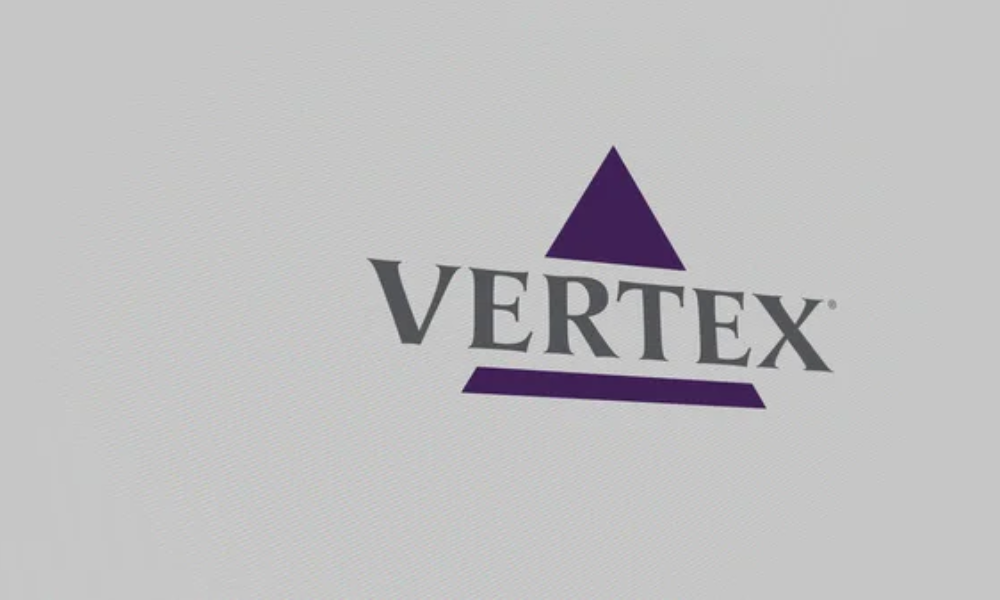Introduction
The financial market offers a plethora of strategies for individuals looking to grow their wealth.
Among these, investing, swing trading, and day trading stand out as prominent approaches, each with its unique methodology and set of goals.

While they share the fundamental objective of capital appreciation, their paths diverge significantly in terms of time horizon, risk tolerance, and involvement required.
This article explores the nuances of these strategies, shedding light on their similarities and differences.
Read More: Spirit Airlines Say They Are on The Path to Profitability as They Narrow Their Losses
Investing
Definition and Approach: Investing is the traditional approach to wealth accumulation, involving the purchase of assets with the expectation that they will increase in value over time.
Investors typically hold onto stocks, bonds, real estate, or mutual funds for years or even decades, benefiting from dividends, interest, and long-term capital appreciation.
Pros and Cons: The main advantage of investing is the potential for substantial growth through compound interest over an extended period. It generally involves lower risk compared to more active trading strategies.
However, it requires patience and a tolerance for market fluctuations without the promise of quick gains.
Swing Trading
Definition and Approach: Swing trading occupies the middle ground between investing and day trading, with traders holding positions for several days to several weeks to capitalize on expected upward or downward market swings.
This strategy requires a keen understanding of market trends and technical analysis to time entries and exits effectively.
Pros and Cons: Swing traders can take advantage of short-term market momentum, potentially earning significant returns in a shorter timeframe than traditional investing.
However, it demands more active management and incurs higher risks, as positions are more susceptible to market volatility.
Also Read: Spirit Airlines Say They Are on The Path to Profitability as They Narrow Their Losses
Day Trading
Definition and Approach: Day trading is the epitome of active trading, with traders buying and selling securities within the same trading day.
The goal is to capitalize on small price movements in highly liquid stocks or currencies. This high-octane strategy relies heavily on technical analysis, real-time data, and quick decision-making.
Pros and Cons: Day trading can offer rapid returns and the excitement of fast-paced market engagement.
However, it’s also associated with high risk and high stress, requiring constant vigilance, quick reflexes, and a deep understanding of market mechanisms.
It’s not uncommon for day traders to experience significant losses, especially in the initial stages of their trading career.
Similarities
At their core, all three strategies aim for capital growth through the savvy purchase and sale of assets.
They rely on market analysis, albeit to varying degrees and with different tools, to make informed decisions.
Whether it’s fundamental analysis for long-term investments or technical analysis for short-term trades, the goal is to make profitable transactions based on informed predictions about market behavior.
Differences
The primary differences lie in the time commitment, risk level, and potential returns. Investing requires the least day-to-day involvement but also typically offers slower, steadier returns.

Swing trading offers a balance, with moderate involvement and potential for quicker, yet riskier, returns. Day trading demands constant attention and carries the highest risk, with the potential for rapid gains or losses.
The strategies also differ in their psychological and financial requirements. Long-term investing suits those with a “set-and-forget” mindset, swing trading appeals to those who enjoy market analysis without the stress of constant monitoring, and day trading fits individuals who thrive in fast-paced environments and can handle significant stress and risk.
Conclusion
Choosing between investing, swing trading, and day trading depends on one’s financial goals, risk tolerance, time availability, and personal interest in market dynamics.
While investing offers a more traditional path to wealth accumulation, swing and day trading provide opportunities for more active engagement and potentially quicker returns, albeit with higher risks.
Understanding the similarities and differences between these strategies is crucial for anyone looking to navigate the financial markets effectively.
Read Next: Spirit Airlines Say They Are on The Path to Profitability as They Narrow Their Losses
DISCLAIMER
You should read and understand this disclaimer in its entirety before joining or viewing the website or email/blog list of SmallCapStocks.com (the “Publisher”). The information (collectively the “Advertisement”) disseminated by email, text or other method by the Publisher including this publication is a paid commercial advertisement and should not be relied upon for making an investment decision or any other purpose. The Publisher is engaged in the business of marketing and advertising the securities of publicly traded companies in exchange for compensation. The track record, gains, upside, and/or losses mentioned in the Advertisement, if any, should not be considered as true or accurate or be the basis for an investment. The Publisher does not verify the accuracy or completeness of any information included in the Advertisement. While the Publisher does not charge for the SMS service, standard carrier message and data rates may apply. To unsubscribe from receiving promotional text messages to your phone sent via an autodialer, using your phone reply to the sender’s phone number with the word STOP or HELP for help.
The Advertisement is not a solicitation or recommendation to buy securities of the advertised company. An offer to buy or sell securities can be made only by a disclosure document that complies with applicable securities laws and only in the states or other jurisdictions in which the security is eligible for sale. The Advertisement is not a disclosure document. The Advertisement is only a favorable snapshot of unverified information about the advertised company. An investor considering purchasing the securities, should always do so only with the assistance of his legal, tax and investment advisors. Investors should review with his or her investment advisor, tax advisor or attorney, if and to the extent available, any information concerning a potential investment at the web sites of the U.S. Securities and Exchange Commission (the "SEC") at www.sec.gov; the Financial Industry Regulatory Authority (the "FINRA") at www.FINRA.org, and relevant State Securities Administrator website and the OTC Markets website at www.otcmarkets.com. The Publisher cautions investors to read the SEC advisory to investors concerning Internet Stock Fraud at www.sec.gov/consumer/cyberfr.htm, as well as related information published by the FINRA on how to invest carefully. Investors are responsible for verifying all information in the Advertisement. As an advertiser, we do not verify any information we publish. The Advertisement should not be considered true or complete.
The Publisher does not offer investment advice or analysis, and the Publisher further urges you to consult your own independent tax, business, financial and investment advisors concerning any investment you make in securities particularly those quoted on the OTC Markets. Investing in securities is highly speculative and carries an extremely high degree of risk. You could lose your entire investment if you invest in any company mentioned in the Advertisement. You acknowledge that we are not an investment advisory service, a broker-dealer or an investment adviser and we are not qualified to act as such. You acknowledge that you will consult with your own independent, tax, financial and/or legal advisers regarding any decisions as to any company mentioned here. We have not determined if the Advertisement is accurate, correct or truthful. The Advertisement is compiled from publicly available information, which include, but are not limited to, no cost online research, magazines, newspapers, reports filed with the SEC or information furnished by way of press releases. Because all information relied upon by us in preparing an advertisement about an issuer comes from a public source, it is not reliable, and you should not assume it is accurate or complete.
By your subscription to our profiles, the viewing of this profile and/or use of our website, you have agreed and acknowledged the terms of our full disclaimer and privacy policy which can be viewed at the following link: www.SmallCapStocks.com/Disclaimer and www.SmallCapStocks.com/Privacy-Policy
By accepting the Advertisement, you agree and acknowledge that any hyperlinks to the website of (1) a client company, (2) the party issuing or preparing the information for the company, or (3) other information contained in the Advertisement is provided only for your reference and convenience. The advertiser is not responsible for the accuracy or reliability of these external sites, nor is it responsible for the content, opinions, products or other materials on external sites or information sources. If you use, act upon or make decisions in reliance on information contained in any disseminated report/release or any hyperlink, you do so at your own risk and agree to hold us, our officers, directors, shareholders, affiliates and agents harmless. You acknowledge that you are not relying on the Publisher, and we are not liable for, any actions taken by you based on any information contained in any disseminated email or hyperlink.












